Learn what type of concrete patio is best for your Minnesota yard.

You're ready to finally replace that cracked, stained patio or build the outdoor living space you've been dreaming about for years. You know you want concrete—it's the only material that truly survives Minnesota's brutal winters without constant maintenance headaches. But now you're facing a decision that keeps you up at night: should you invest in stamped concrete with all its beautiful patterns and textures, or keep things simple with a clean, plain concrete finish?
This isn't just about aesthetics. It's about making the right choice for your family, your budget, and your home's long-term value. Choose wrong, and you'll either overspend on features you don't need or regret choosing the basic option every time you look at your neighbor's stunning patio.
We understand this dilemma because we've guided hundreds of Twin Cities families through this exact decision over the past 20+ years. The truth is, both options can be excellent choices—but the right answer depends on your specific situation, lifestyle, and priorities.
Let's cut through the confusion and help you make a confident decision you'll feel great about for the next 20-30 years.
Before we dive into comparing features, costs, and maintenance, let's address the fundamental question that determines everything else: what do you need your patio to do for your family?
Plain concrete isn't "settling" or choosing the boring option. For many Minneapolis homeowners, it's exactly the right choice. Here's when plain concrete aligns perfectly with your needs:
You're a modern minimalist at heart. If you love clean lines, uncluttered spaces, and contemporary design, plain concrete delivers that sophisticated aesthetic perfectly. The smooth, seamless look of brushed or trowel-finished concrete creates a sleek, modern foundation that lets your outdoor furniture, landscaping, and architectural features shine.
Your patio is primarily functional space. Maybe you need a large area for kids to play, a basketball court extension, or workspace for hobbies and projects. When the patio serves mainly utilitarian purposes rather than entertaining showcase, plain concrete gives you maximum square footage value.
You're planning significant landscaping or hardscaping features. If your outdoor vision includes elaborate gardens, built-in fire pits, extensive outdoor kitchens, or dramatic lighting systems, plain concrete provides a neutral backdrop that won't compete visually with these features.
Budget is a primary concern. Let's be honest—money matters. If getting more square footage of quality concrete is more important than decorative finishes, plain concrete allows you to maximize your outdoor living area within budget constraints.
You're in a transitional phase. Planning to sell within 5-7 years? Plain concrete in good condition appeals to the broadest buyer pool without imposing your specific style preferences on future owners.
Stamped concrete excels in situations where your patio plays a featured role in your home's overall appeal and your family's lifestyle. Consider stamped concrete when:
Your patio is a primary entertainment space. If you regularly host gatherings, family parties, or neighborhood cookouts, stamped concrete creates that "wow factor" that makes guests feel like they're somewhere special. The detailed patterns and textures become conversation starters and establish your outdoor space as a destination.
Curb appeal matters significantly. Front patio areas, visible from the street, benefit enormously from stamped concrete's visual impact. The same applies to patios viewable from your home's main living areas—you'll enjoy the enhanced beauty every time you look outside.
You want the look of premium materials without the hassles. Dreaming of natural stone but dreading the maintenance? Love the warmth of wood but don't want constant staining? Stamped concrete delivers convincing visual alternatives without the upkeep nightmares.
You're investing for the long haul. Planning to stay in your home 10+ years? The enhanced daily enjoyment and pride of ownership from stamped concrete compounds over time, making the additional investment increasingly worthwhile.
Your home's architectural style benefits from texture. Traditional, craftsman, or Mediterranean-style homes look more cohesive with textured concrete that complements their architectural character rather than plain modern finishes.
Let's examine specific aspects of each option so you can make an informed comparison.
Plain concrete's aesthetic strengths:
Modern plain concrete isn't the industrial gray slab of decades past. Today's plain concrete options include:
The minimalist appeal works beautifully for:
Stamped concrete's aesthetic strengths:
Stamped concrete opens entirely different design possibilities:
The enhanced visual impact excels for:
This is where many homeowners don't realize the practical differences matter as much as aesthetics.
Plain concrete texture options:
Plain concrete can absolutely provide excellent slip resistance through various finish techniques:
Standard broom finish creates subtle parallel lines that provide traction without aggressive texture. This is Minnesota's most common residential finish—proven, practical, and effective.
Exposed aggregate naturally creates a textured, slip-resistant surface while showcasing beautiful stones. The irregular surface provides excellent traction even when wet, making it ideal for pool surrounds and areas near outdoor showers.
Light sandblasting or acid washing can add subtle texture to smooth-troweled surfaces, balancing modern aesthetics with practical safety.
The limitation: Plain concrete offers one consistent texture across the entire surface. You can't vary texture by zone without creating visual seams or transitions.
Stamped concrete texture options:
Stamped concrete inherently provides excellent slip resistance because the stamping process creates three-dimensional texture that mimics the natural material's surface characteristics.
Slate and stone stamps create natural texture variations similar to real stone
Wood-plank patterns include realistic grain texture and board edge definition
Cobblestone designs provide pronounced, irregular surfaces excellent for traction
Flagstone patterns offer dramatic texture variations across the surface
The advantage: Different stamped patterns provide varying degrees of texture, allowing you to select more aggressive patterns for high-traffic or frequently wet areas while using smoother patterns in covered or low-traffic zones.
Minnesota-specific safety note: Both options can be made appropriately slip-resistant for our wet springs and humid summers. The key is choosing appropriate finishes and applying quality sealers that enhance rather than compromise traction. Any reputable Twin Cities concrete contractor should prioritize safety alongside aesthetics.
Here's what homeowners really want to know: which option survives Minnesota winters better?
The answer might surprise you: when installed correctly using proper Minnesota-specific techniques, both plain and stamped concrete offer essentially identical durability and longevity.
What determines Minnesota concrete durability (regardless of finish type):
The stamping process itself doesn't compromise these structural elements. Stamped concrete uses the identical concrete mix, thickness, reinforcement, and base preparation as plain concrete on the same project.
Where the difference appears:
The sealer requirements differ slightly. Stamped concrete benefits from higher-quality sealers that enhance color depth and pattern definition while providing moisture protection. This typically means:
However, this maintenance difference is minor in the overall lifecycle. Both options, when properly maintained, easily last 25-30+ years in Minnesota's climate.
The bottom line on durability: Don't choose plain concrete thinking it's "tougher" than stamped. When installed by experienced Minnesota contractors following proper protocols, both options are equally winter-proof.
Let's talk openly about investment because we know this significantly influences your decision.
Plain concrete patio costs:
Stamped concrete patio costs:
For a typical 400-square-foot Twin Cities patio:
The price difference reality: Stamped concrete typically costs 40-75% more than comparable plain concrete. For many homeowners, this represents a significant budget consideration.
The cost gap between plain and stamped concrete comes from specific factors:
Additional labor intensity: Stamping requires experienced craftsmen working quickly during a narrow window as concrete begins setting. The process demands:
Materials and supplies:
Expertise premium: Not every concrete contractor can execute quality stamped work. Experienced stamped concrete specialists command premium pricing because poor stamping cannot be easily fixed—the entire section must be replaced.
Smart homeowners look beyond initial investment to lifecycle costs:
Ongoing maintenance costs (30-year comparison):
Plain concrete:
Stamped concrete:
The maintenance cost difference is real but often overstated. Spread across 30 years, the additional $3,400-9,800 for stamped concrete maintenance averages just $113-327 annually—less than $10-27 monthly.
Both options increase property value, but stamped concrete typically provides stronger returns in the right situations:
Plain concrete ROI:
Stamped concrete ROI:
The ROI sweet spot: The strongest returns come from choosing the option that matches your neighborhood's standards. If most comparable homes have plain concrete, stamped won't return the premium. If your neighborhood trends toward finished outdoor spaces, plain concrete may limit appeal.
Lifestyle value beyond resale: What's it worth to enjoy a patio you're truly proud of for 20-30 years versus one that's merely functional? The daily enjoyment difference is difficult to quantify but significantly impacts your quality of life. Many homeowners find the enhanced satisfaction justifies stamped concrete's premium even without superior ROI.
Here's a practical decision-making framework based on our experience guiding hundreds of Twin Cities families:
Your budget allows $8-14 per square foot maximum
Your home style is contemporary/modern or you're going for minimalist aesthetic
The patio is primarily functional (kids' play area, workspace, vehicle pad)
Other outdoor features will be the focal points (elaborate landscaping, outdoor kitchen, pool)
You're planning to sell within 5-7 years
You prefer spending money on square footage over decorative finishes
Your neighborhood features mainly plain concrete patios
Best plain concrete strategy: Invest in upgraded features that provide value without dramatic cost increases:
Your budget allows $14-25 per square foot
The patio is a primary entertainment and gathering space
Your home style benefits from textured, organic materials (traditional, craftsman, Mediterranean)
The patio is highly visible (front areas, viewable from main living spaces, street-facing)
You're planning to stay in your home 10+ years
You want natural stone or wood aesthetics without the maintenance
Your neighborhood trends toward finished, designed outdoor spaces
Best stamped concrete strategy: Make the investment count:
Many savvy Twin Cities homeowners choose a hybrid strategy that maximizes both value and beauty:
Stamped concrete in featured areas:
Plain concrete in functional areas:
This approach provides visual impact where it matters most while controlling costs in secondary areas. A skilled contractor can create seamless transitions between stamped and plain sections, making the entire patio feel intentionally designed rather than budget-compromised.
Typical hybrid project savings: 20-35% compared to stamping the entire area, while retaining 70-80% of the aesthetic impact.
Understanding the installation process helps you appreciate where the cost differences originate.
Day 1-2: Site preparation
Day 3: Pour and finish
Day 4-7: Curing period
Timeline: 3-4 working days plus cure time
Day 1-2: Site preparation
Day 3: Pour and stamp (most critical day)
Day 4-7: Curing and finishing
Timeline: 3-4 working days plus extended cure time
The key difference: Stamping demands precise timing, skilled artisans, and experience-based judgment that plain finishing doesn't require. This expertise and pressure explain much of the cost premium.
This concern stems from poorly executed stamped work that was unfortunately common in the 1990s and early 2000s. Modern stamping techniques, materials, and experienced craftsmen produce remarkably realistic results that often fool even knowledgeable observers.
What makes the difference:
The honest truth: Budget stamped work by inexperienced contractors can indeed look artificial. Professional stamping by skilled artisans creates beautiful, natural-looking results. This is one area where contractor selection matters enormously.
Technically yes, but it's rarely the best approach. Overlay systems exist that can add stamped patterns to existing concrete, but:
Better approach: If you're considering stamped but uncertain, start with colored plain concrete. This provides more visual interest than gray concrete while keeping all options open. Quality colored concrete looks intentional and finished rather than like an unfinished project waiting for stamping.
Let's be realistic about maintenance requirements:
Plain concrete maintenance:
Stamped concrete maintenance:
The maintenance difference: About 2-3 additional hours and $100-200 annually. For most homeowners, this minor increase is manageable and worthwhile for the aesthetic benefits.
Maintenance prevention tip: Both options last longer and look better with proactive care. Annual cleaning and timely resealing prevent 90% of problems that lead to expensive repairs.
This common dynamic plays out in countless Twin Cities households. Here's how to work through it:
Questions to discuss together:
The compromise approach: Start with plain concrete designed and poured to accommodate future stamping (proper thickness, appropriate joints, quality finish). Live with it for a season. If you find yourselves wishing it looked better, you can explore overlay options. If you're satisfied, you've saved money.
Many couples find that seeing both options in the neighborhood helps. We're happy to drive you past recent projects we've completed so you can see both plain and stamped examples in real-world settings.
Whether you ultimately choose plain or stamped concrete for your patio, the installation quality matters more than the finish choice. Poor installation ruins even the most beautiful stamped pattern, while expert installation makes plain concrete look sophisticated and intentional.
What makes Preferred 1 Concrete the right choice for your patio project:
We don't push you toward more expensive options. Our job is helping you make the right decision for your situation—not maximizing our profit on your project. If plain concrete better serves your needs, we'll tell you. If stamped concrete will significantly enhance your enjoyment, we'll explain why it's worth considering.
We've mastered both plain and stamped techniques. With over 20 years serving Minneapolis and the Twin Cities, we've perfected both approaches. Our craftsmen execute beautiful, durable results regardless of which option you choose. You'll never get poor work because you chose the "basic" option.
We follow Minnesota-specific best practices religiously. Whether plain or stamped, your patio gets proper base prep, appropriate concrete mix, adequate reinforcement, and quality sealing. We don't cut corners on the structural fundamentals that determine how your patio performs through decades of Minnesota winters.
We keep you informed throughout the process. You'll never wonder what's happening or when we'll show up. We communicate clearly about timeline, decisions, and progress because your peace of mind matters as much as the final result.
We stand behind our work completely. Our reputation depends on your satisfaction. We've built our business on referrals from delighted homeowners, and we protect that reputation fiercely. When we tell you your patio will last 25-30 years, we mean it.
The decision between plain and stamped concrete doesn't have a universally "right" answer—it has the right answer for your specific situation, budget, home, and priorities.
Both options can be excellent choices that serve you well for decades. The key is understanding what matters most to you:
Choose plain concrete when budget, contemporary aesthetics, or functional priorities take precedence. Invest in quality installation with thoughtful design touches that make plain concrete look intentional and sophisticated.
Choose stamped concrete when visual impact, entertainment value, or matching premium materials matters significantly. Invest in professional installation and commit to appropriate maintenance protecting your investment.
Choose the hybrid approach when you want stamped concrete's beauty in featured areas while maximizing square footage within budget constraints.
Whatever you decide, make sure you're working with experienced Minnesota contractors who understand our climate's demands and will install your patio correctly the first time.
We'd love to help you explore both options in person, see examples of our work in your neighborhood, and create a detailed design and estimate for your specific project.
Schedule your free consultation today. We'll visit your property, discuss your vision and priorities, answer all your questions, and provide a comprehensive proposal showing exactly what each option would cost and look like.
No pressure, no sales tactics—just honest expertise helping you make a confident decision you'll feel great about for the next 20-30 years.
Call us or schedule online to get started. Your perfect patio is waiting—let's figure out together whether plain or stamped concrete is the right path to creating it.
Preferred 1 Concrete has served Minneapolis, St. Paul, and the Twin Cities South Metro for over 20 years, helping homeowners create beautiful concrete patios that last for decades. We also specialize in concrete driveways, driveway aprons, and complete hardscaping projects. View our portfolio or contact us today to discuss your project.





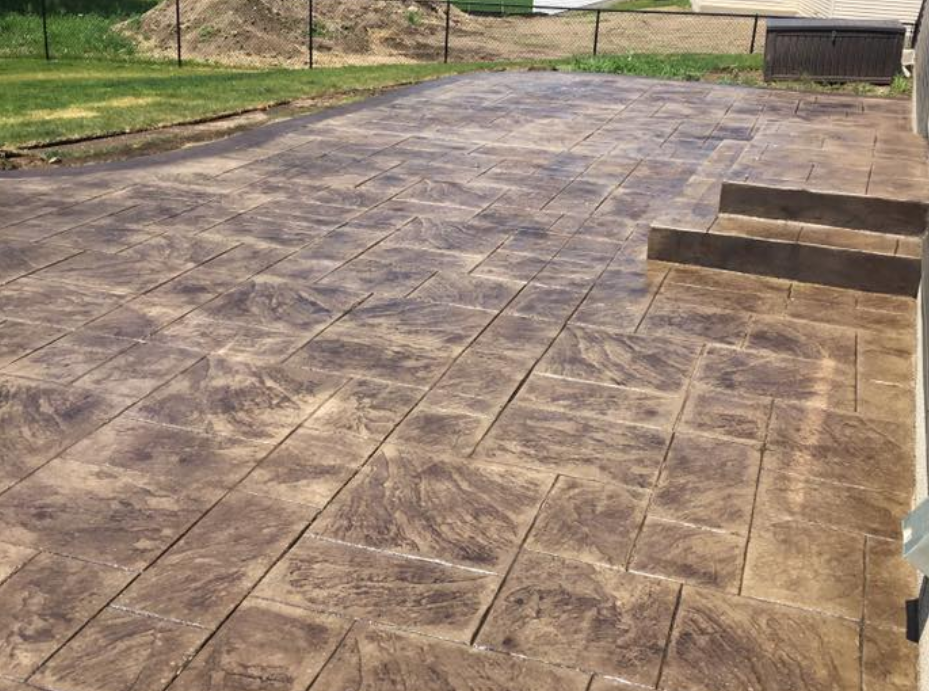











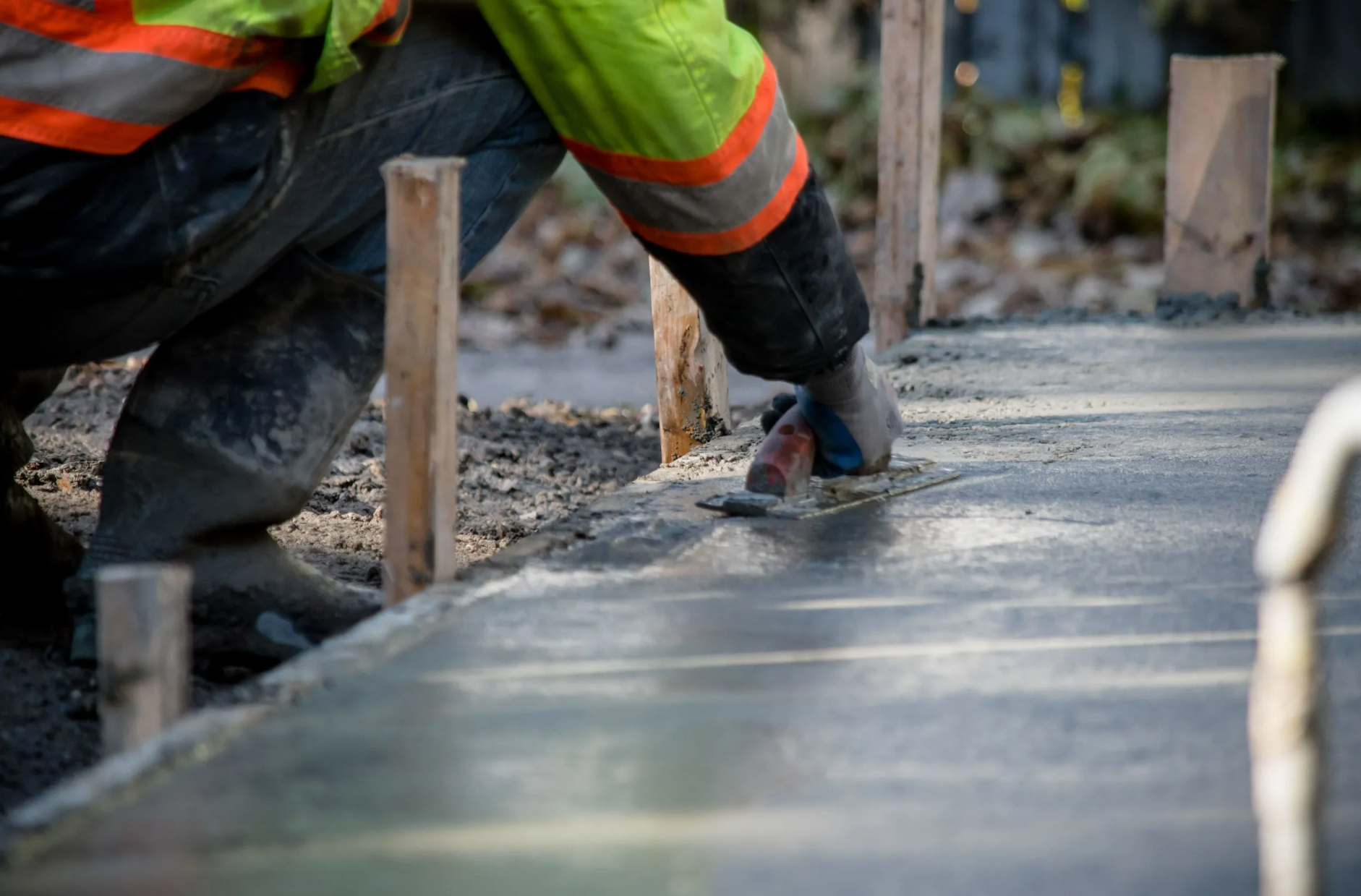







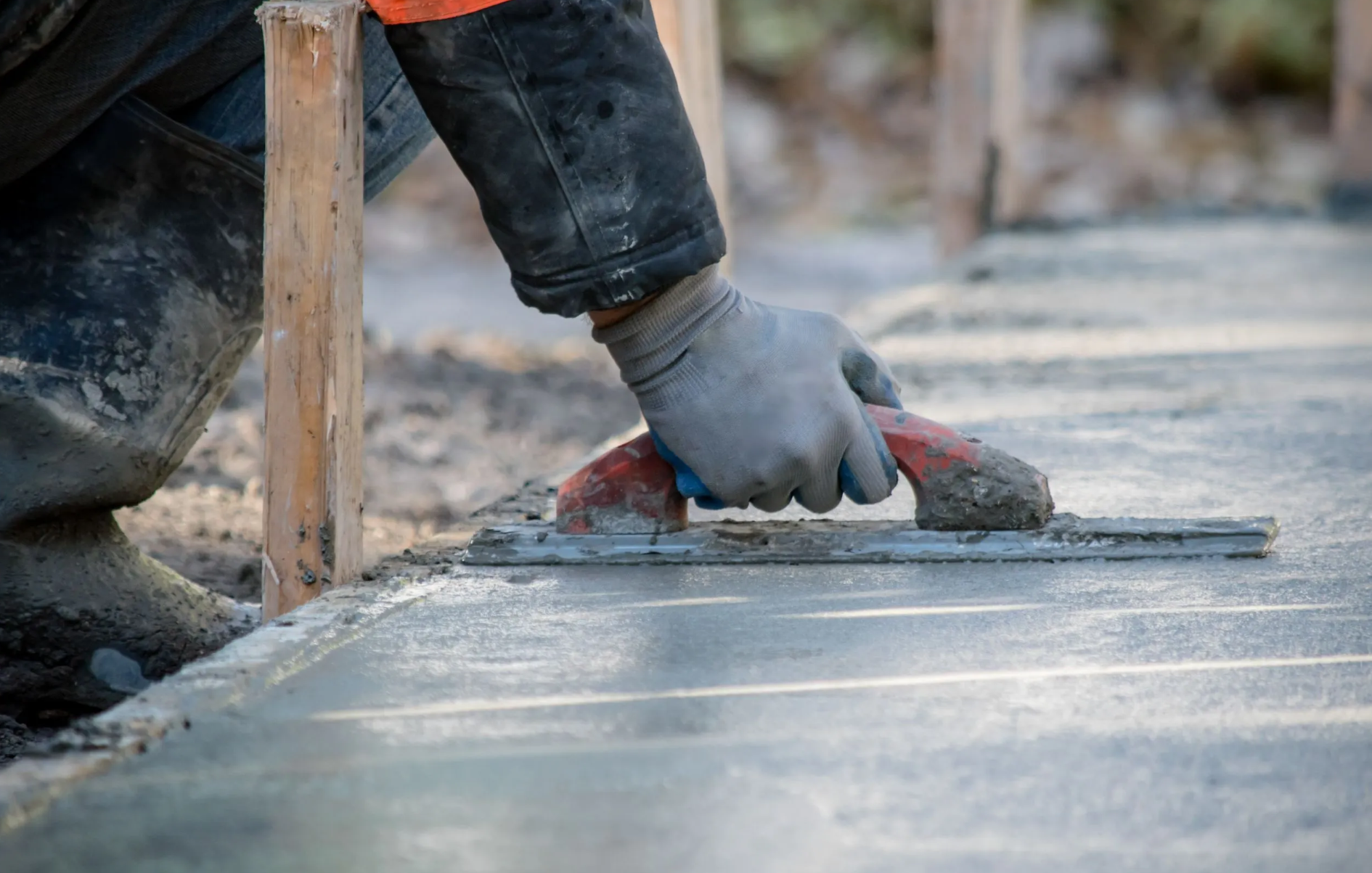







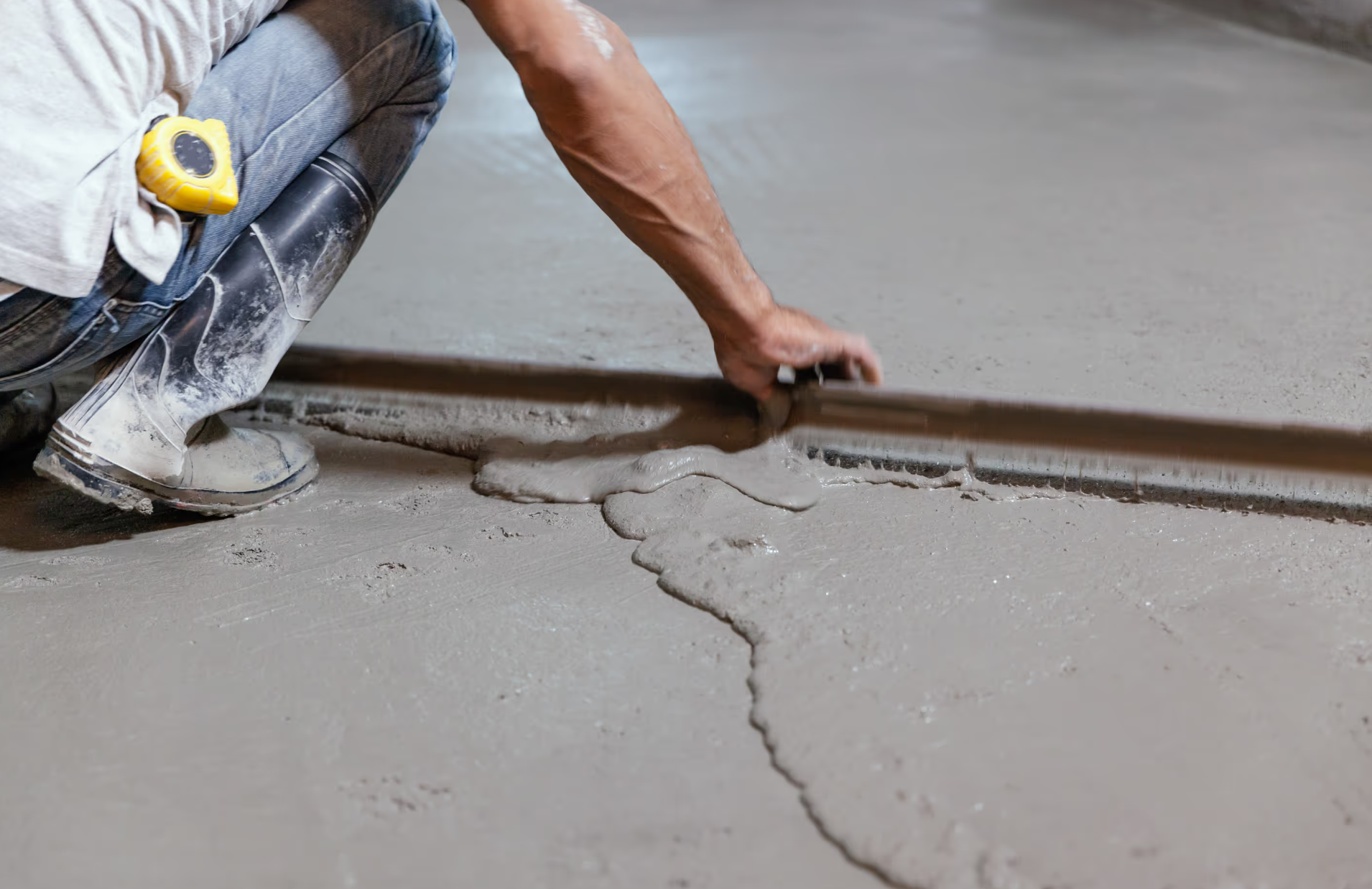























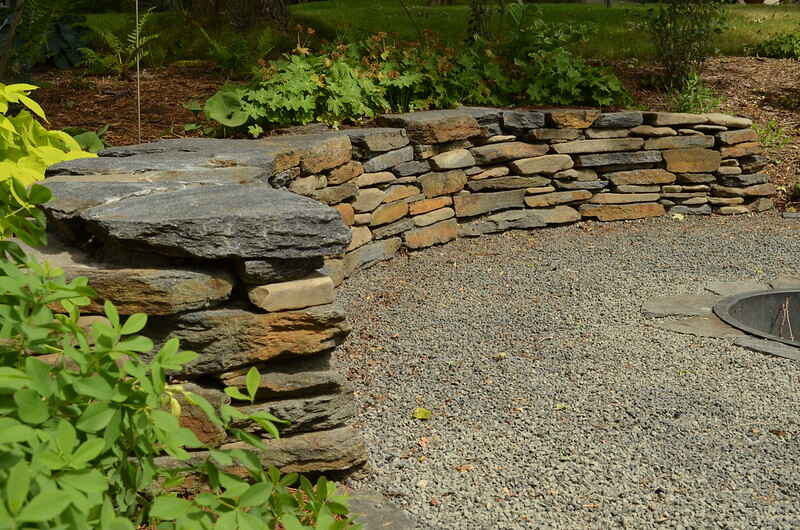



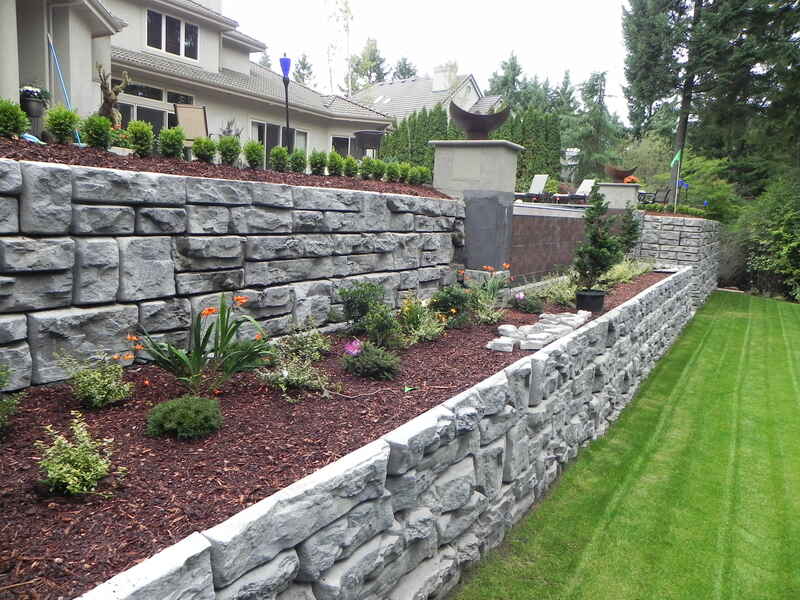



















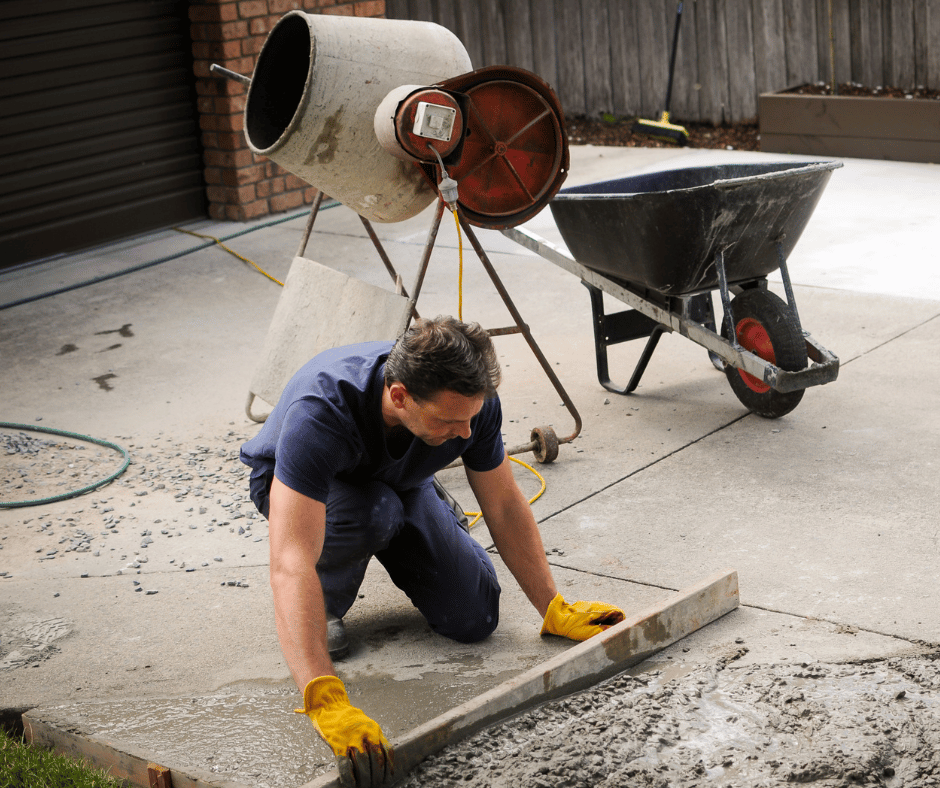



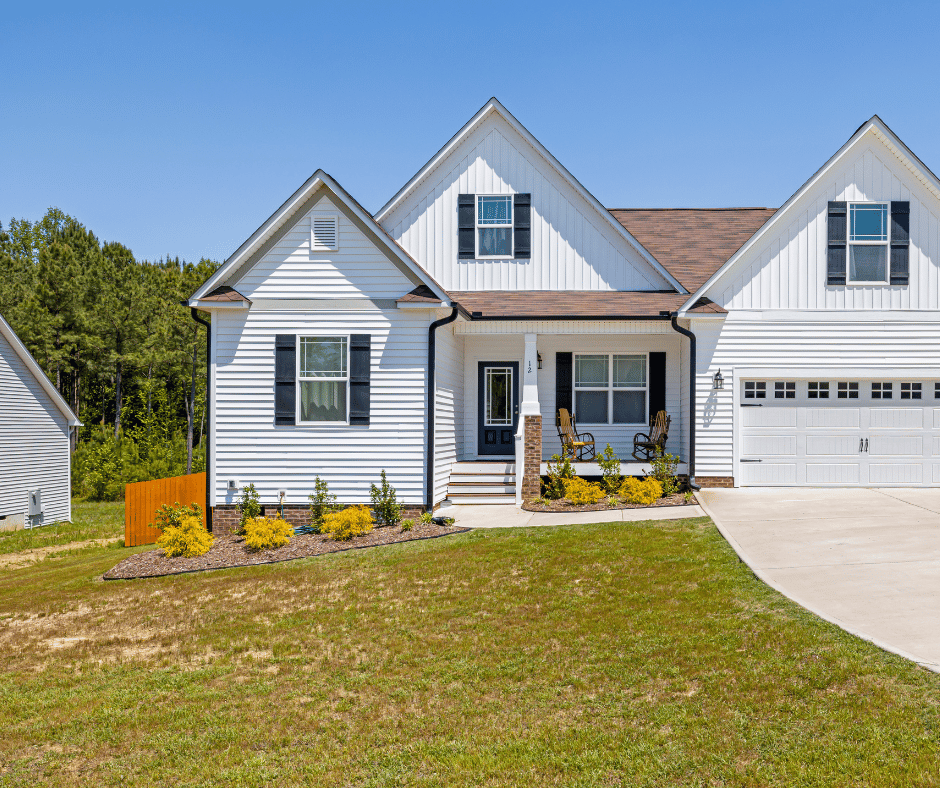



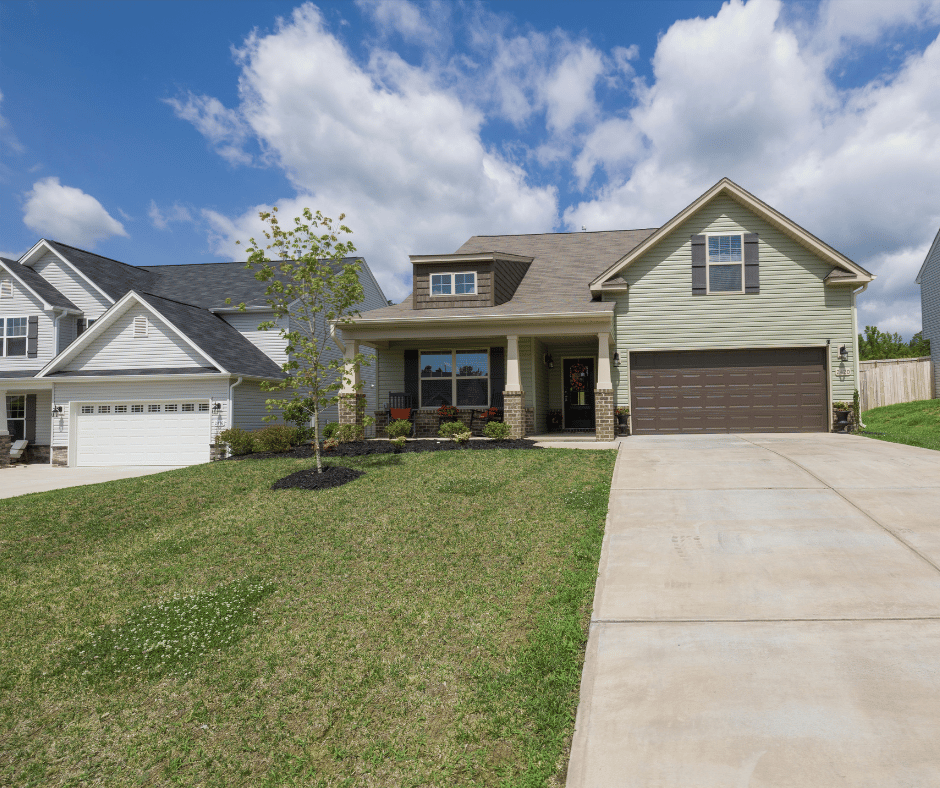



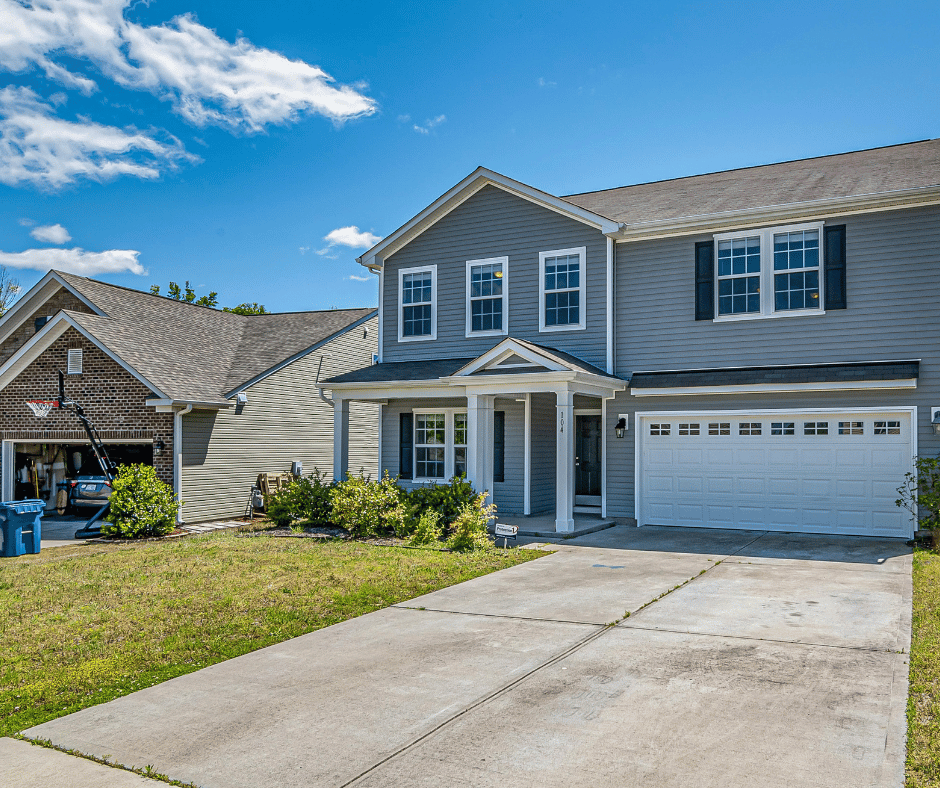











.png)



.png)













































































